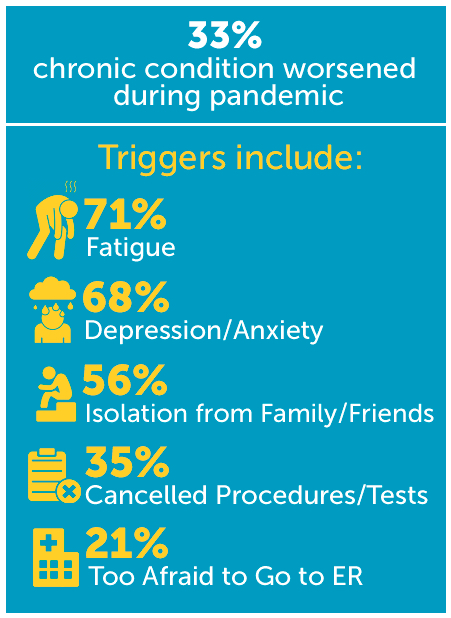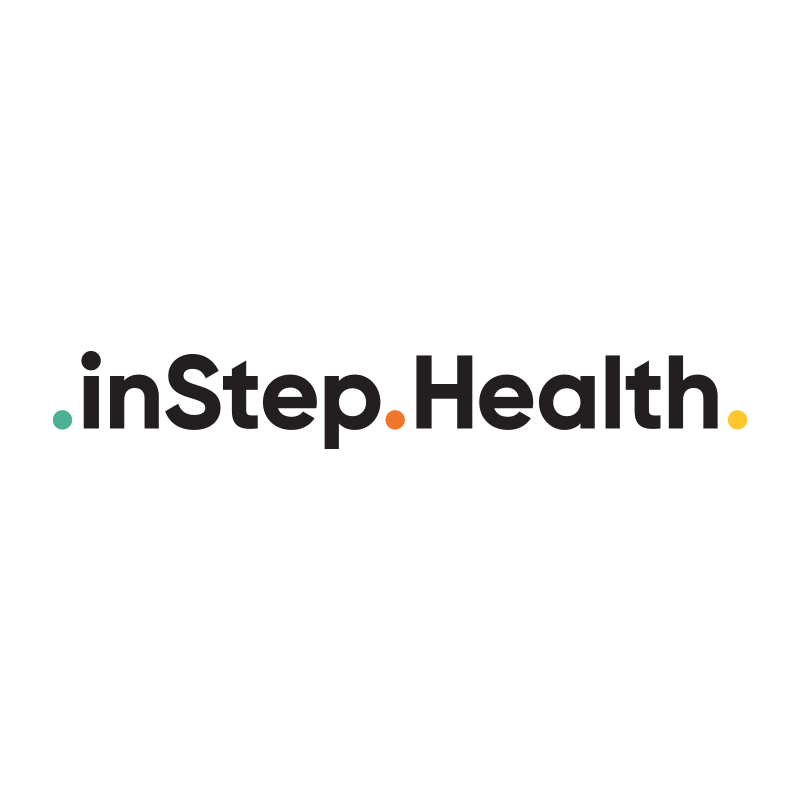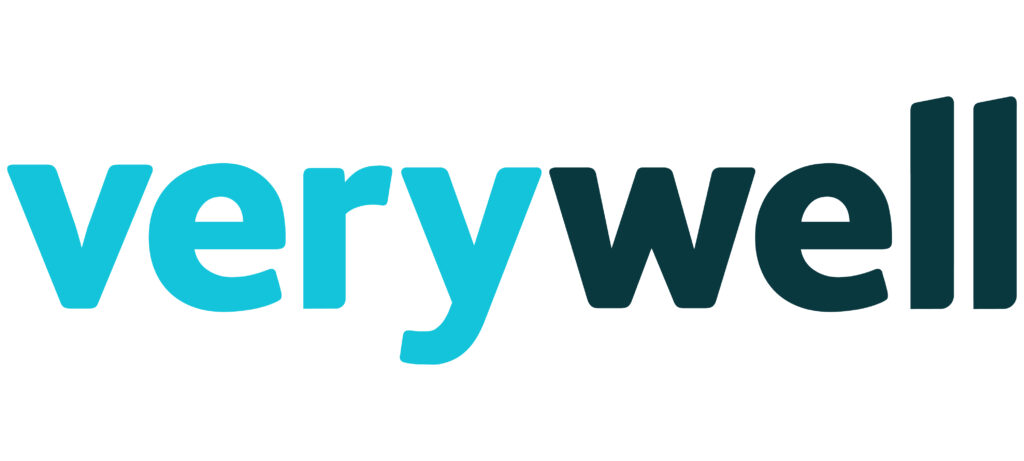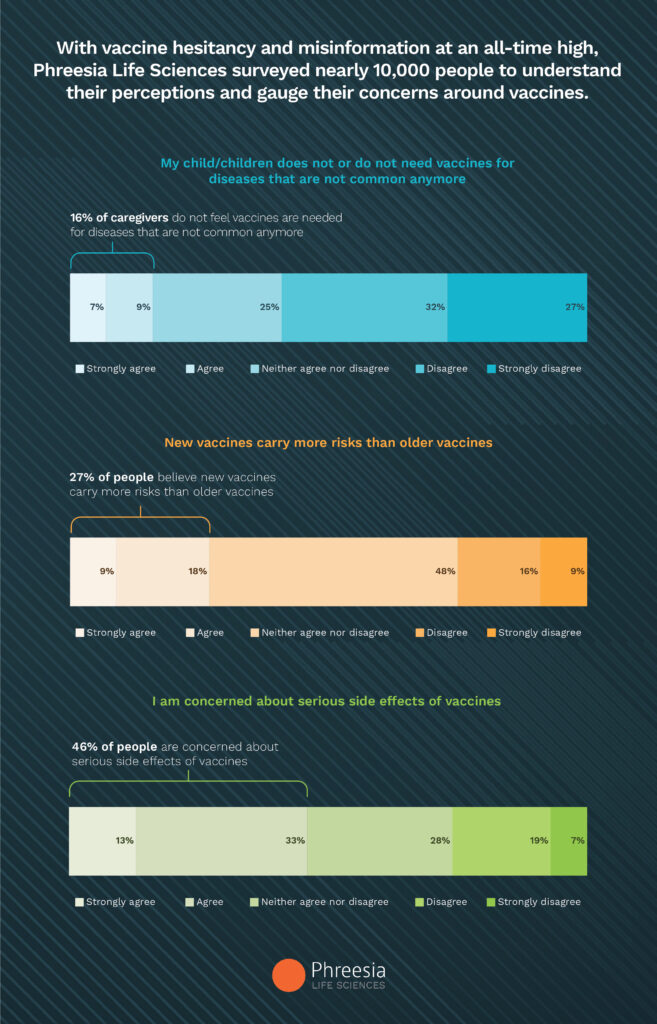Since May 2018, several calcitonin gene-related peptide (CGRP) inhibitors have entered the migraine field, with no fewer than seven gaining U.S. Food & Drug Administration approval for acute migraine treatment and/or prevention. Thanks to this influx of new prescription therapies, the global migraine market is expanding, with some analysts expecting to see its value soar as high as $13 billion by 2027. But if drugmakers want to realize the market’s full potential, they’re going to have to double down on raising public and provider awareness, new data shows.
Only about half of migraine sufferers (52%) have tried acute therapy, and only 37% have used preventive therapy, according to research from Phreesia Life Sciences, which surveyed more than 4,000 migraine patients when they checked in for their doctors’ appointments. What’s more, many patients aren’t even talking to their doctors about new migraine drugs: Among patients who have discussed migraine with their doctor, 36% have not discussed acute migraine medications, and 46% have not discussed preventive treatment options.
Those numbers point to a need for more provider education—particularly for primary care providers, many of whom may not be up to speed on the many new treatment options. Since migraine patients far outnumber headache specialists in the U.S.—in 2020, there were just 700 specialists for 39 million migraine sufferers, according to the Migraine Research Foundation—that’s an audience pharma needs to take into greater consideration.
But pharma marketers also need to get the word out and improve brand recognition among patients. Nearly half (47%) of surveyed patients couldn’t recall a single brand name in the preventive migraine category, and the only brand that came to mind for more than 10% of patients was Topamax, an older drug that gained approval for migraine back in 2004.

So what can CGRP drugmakers do to convert more patients to brand? For starters, they can strengthen their messaging aimed at prescription-naïve patients, many of whom don’t think their condition is serious enough to warrant prescription treatment—and, in some cases, to even discuss with their doctors. Nearly one-fifth of surveyed patients (19%) said they had never talked to their doctors about their migraine symptoms, and among those who hadn’t brought up migraine with their doctors in the past year, 45% said their headaches weren’t serious enough to discuss, and 38% said they were using over-the-counter medications to control their symptoms.
Pharma also can supply the tools and resources that migraine patients want and need to make treatment decisions. When asked what types of information would increase their interest in a new preventive migraine medication, 36% of patients said they wanted information about its side effects, and 28% requested cost information. Separately, when asked what migraine-care resources would be helpful to them, 36% of patients said they could use more information about how a medication works, and 25% said they would find doctor discussion guides helpful.
Drugmakers who can successfully help migraine patients understand that they don’t need to suffer through their symptoms, encourage doctor-patient conversations and empower patients to actively participate in their migraine treatment will benefit as the CGRP market grows increasingly crowded.
















